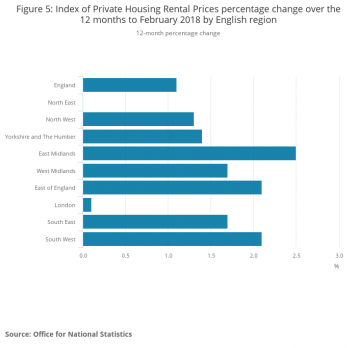Age Limit Scrapped for Experienced Buy to Let Landlords
The Mortgage Works (TMW) are scrapping the maximum age restriction for older buyers next week. A branch of Nationwide Building Society, TMW’s change comes after a decision that mortgage cases from older borrowers who have long invested in the Buy to Let sector don’t offer a significantly higher risk than for younger borrowers.
As of the 18th of April, there will be no maximum age at either application or redemption for experienced landlords who are hoping to borrow up to a 65% loan-to-value (LTV) ratio for purchase or remortgage.
Having a lower LTV ratio benefits older buy-to-let landlords, who have the cash up front to be able to put down a higher deposit (such as 35%), meaning the risk to the lender is reduced (as the new homeowner’s equity is higher).
Usually, conventional homebuyers have about an 80 – 90% LTV, which is a factor of increasing the possible risk for lenders. By reducing the LTV to 65%, this means the risk has decreased, even for prospective borrowers now aged 70+.
TMW also recently hiked the maximum LTV for new purchase and remortgage products for first time landlords.
Paul Wootton, Nationwide’s director of specialist lending, said: “TMW is extending its range of mortgage products to include loans at up to 80% LTV to give greater choice and more options for landlords, including those taking out new buy to let mortgages and those looking to refinance existing borrowing.
“TMW is entering an established part of the market to offer a range of competitive rates to landlords working to manage their costs, including for those with smaller amounts of capital invested.”

Age Limit Scrapped for Experienced Buy to Let Landlords
Natwest and Barclays to change rates of mortgages for Buy to Let products too
A NatWest Intermediary Solutions spokesman said: “Having reviewed our portfolio we have made some adjustments to rates to reflect the current market conditions and balance our mix of business.”
Some of Natwest’s two-year fixed rate But to Let purchases have seen increases of 3bps, with some of its five-year rate purchases are up by 6 – 11 bps.
Basis points (bps) refers to a unit of measure for describing interest rates. One basis point is 1/100th of 1% (0.01%), and the unit used in the finance industry to measure changes in interest rates, as they can be very slight.
As of this month, Paragon Bank has also launched a range of limited edition buy-to-let mortgage products. John Heron, Managing Director of Mortgages at Paragon has commented: “Our new Limited Edition buy-to-let range brings added choice and flexibility for portfolio landlords looking to refinance or expand.
“The addition of cashback provides an extra boost, helping landlords fund the up-front costs associated with arranging finance and enhancing value for this important segment of the market.”
Back in 2017, the LTV of a typical landlord fell to 35%, meaning the majority of landlords actually own more than half of their investment, meaning that these changes seem to be fitting the market requirements – of lower risk to lenders, and more easily accessible products for older prospective landlords – whilst creating more all-important rental homes.
With many banks adjusting their lending criteria, it could mean good signs for landlords and the rental industry. Especially with older people now increasingly moving into rented accommodation, and younger people struggling to find decent but affordable homes, it seems these financial changes in the rental market are coming at a welcome time.









